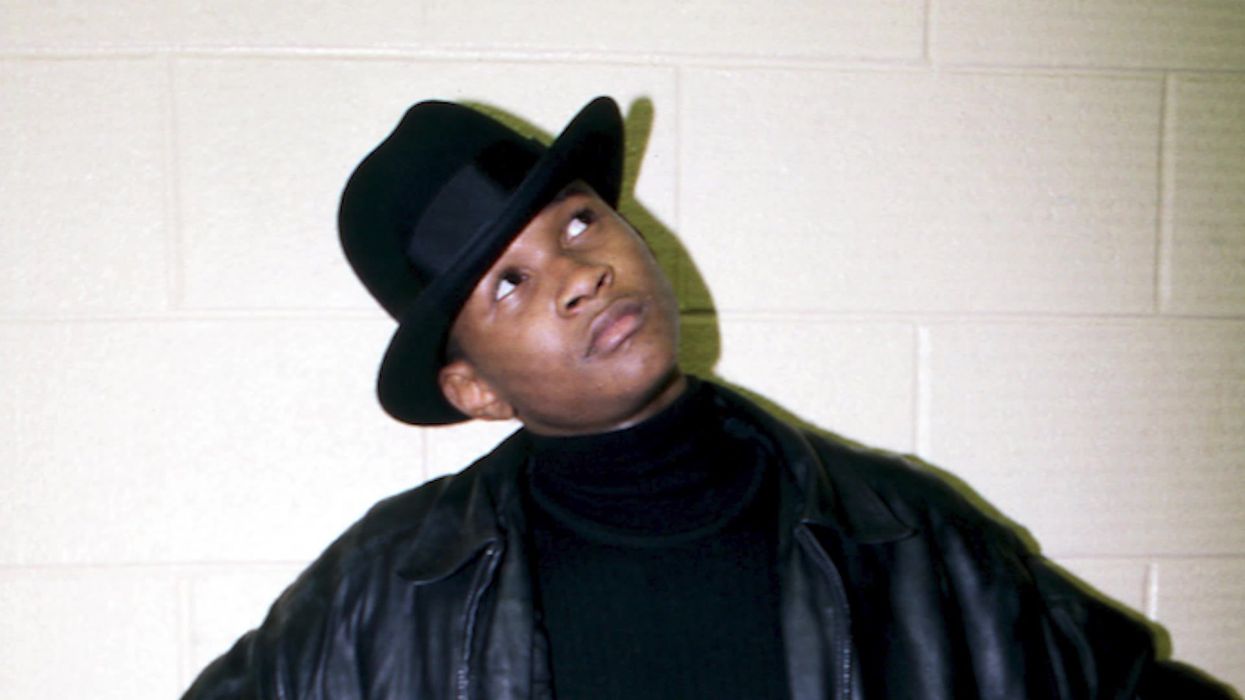Man Decides to Lose Weight Because He Doesnt Want to Die Alone - Now, Hes a Tattooed Model
Humans come in all shapes and sizes, and our weight should never be tied to our self-worth. However, we also have to feel good in our own skin. Unfortunately, sometimes, our habits can be a sign that we’re not actually happy deep down.That was the case for a man named Kevin Creekman, who one day realized he needed to make significant changes in his life in order to feel more secure and happy.Struggles Early on in LifeCreekman struggled with his weight ever since he was a kid. In an interview with Brand New Me, he recalled how his younger self just didn’t participate in life. Instead, he stayed home and played World of Warcraft and ate junk food. For a time, he figured there was no point in doing anything else.“I never had a girlfriend. I never was out partying,” he recalled. “I was a pretty addicted World of Warcraft player. My whole life was just spinning around this video game.”You see, Creekman had been overweight even as a child in Germany and found stretchmarks on himself by the age of 10. By the time he was 18, He weighed more than 335 pounds and was bullied a lot. It was around that point that he had a major realization.“I started to lose a lot of weight because I didn’t want to die alone… I didn’t do any sports, so I figured the key was nutrition to lose weight, basically,” he said.Making Some Major ChangesIn an interview with Metro UK, Creekman explained that he had already tried several diets that didn’t work. This time was different, though. He found a friend who also wanted to lose weight, and together, slowly and steadily, they began a structured eating plan and exercise. Eventually, it worked.“I lost about 80 kilos in one year and suddenly I found myself in a new body, to take a second chance at life,” he told the publication.“A new form of willpower was born, to work really hard for everything I want to achieve in life, because I started to believe that everything is possible!”Things didn’t completely change though. Creekman was still insecure about his looks, particularly after his 180-pound transformation left him with loose skin. And, after two surgeries to remove it, he had scars.“I didn’t feel confident because of all those scars,” he continued. “I just wanted to take my shirt off without having to tell people about my story of losing weight.”A Brand New OutlookTo focus on the future and feel like the best version of himself, Creekman turned to tattoos. He felt they were the best way forward and a way to write a new story for himself.“To start a new life, I felt I needed to cover my scars and hide my past. To be free in my skin, without thinking about what other people could see or think about me, that is related to my past,” he explained.Creekman loved the way the tattoos looked and made him feel, so he continued covering himself with art. Eventually, insecurity became confidence.“More and more I feel to be that person I always try to look like,” he said. “My tattoos were the last puzzle piece to build strength, confidence and freedom in my skin.”These days, Creekman is covered in tattoos and has gained fame for his look. He has 1.5 million followers on Instagram, has acted, and is a musician. However, he’s also a social worker and spends his working hours helping refugees learn in German schools.“I believe that everything is achievable. You just need to find what you really want and who you really want to be in life,” he added. “Everything between you and your dream is just willpower and discipline.”Investing in OurselvesThis man’s story is inspiring because he went from one physical extreme to the other. It’s a heartwarming reminder that hard work, willpower, and discipline do pay off. But that’s applicable to all areas of life, not just our looks.Our weight doesn’t define us, but we also have the power to pursue change. We have the power to pursue that dream job, invest in powerful friendships, find a chosen family, or learn a hobby that makes our hearts happy.The most important lesson in this story is that we all need to take time to invest in ourselves. Life can get busy, sure, but we’ve all only got one life to live.More from Goalcast:Man Looks Unrecognizable After Losing Nearly 300 LBS in Remarkable Weight Loss Journey That He Credits to His Late Father How One Woman’s 150-Pound Weight Loss Journey Completely Changed Her Outlook on LifeAdele Has Always Been A Champion Of Self-Love, Both Before And After The Weight Loss





























